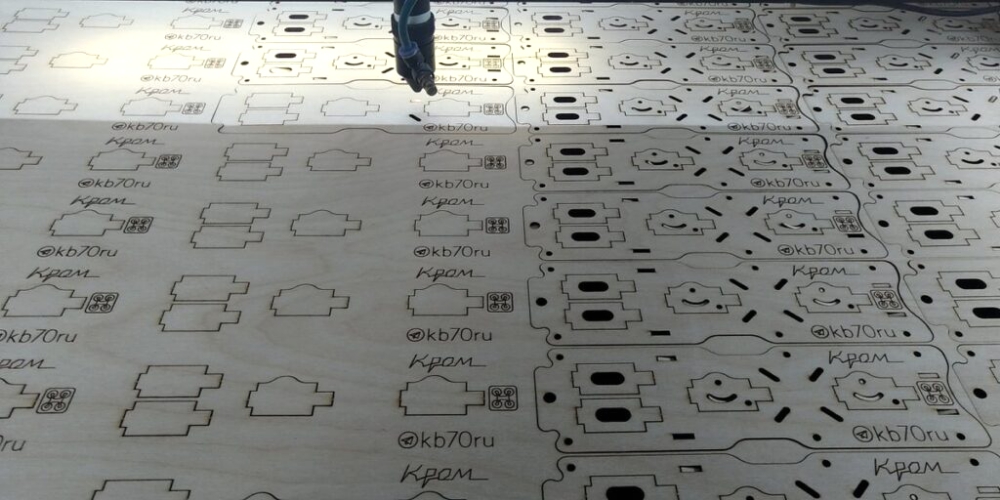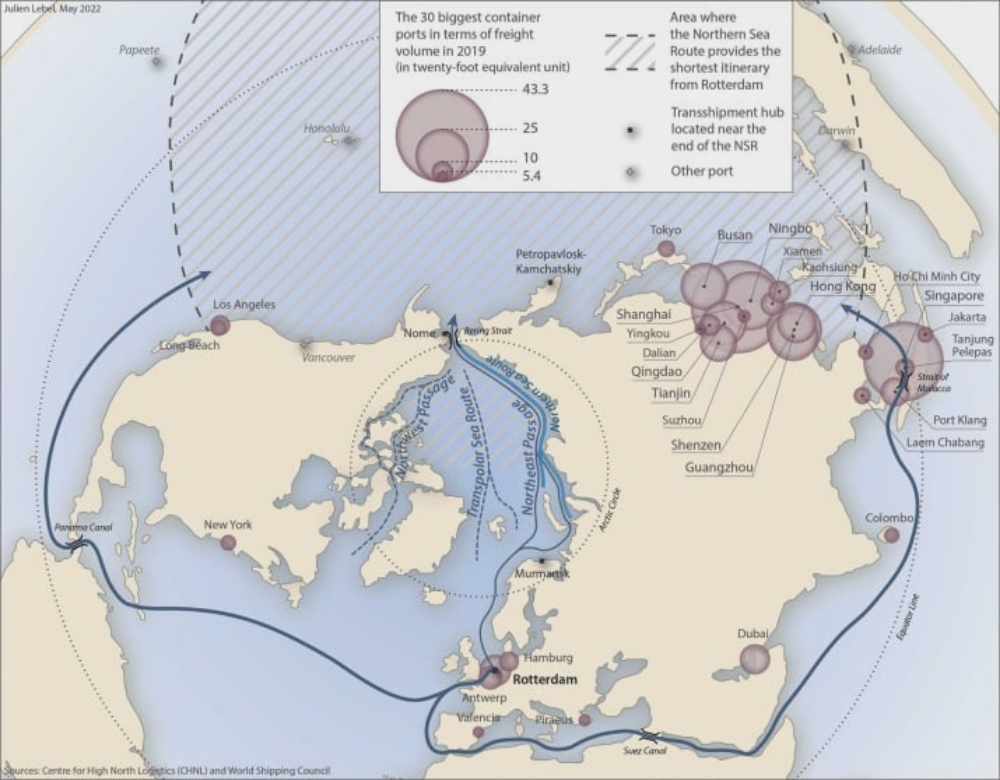Russian volunteers now use Chinese plywood to assemble drones and transport them to Russian soldiers to attack Ukrainian cities. The plywood-framed drones can reduce the cost of drone manufacturing by 10-15% and have the potential, if approved by the Russian government, to scale up the production to meet repaid deployment.
The advantage of the design is “its ease in making different size frames for different applications,” according to a Russian source.
“For example, 5-inch frames are suitable for training, 6-inch for reconnaissance, 7-inch for kamikaze and 9-inch for bomber.”
A computer-controlled router is used to cut the drone frames out of 9mm thick plywood, with a laser cutter cutting parts out of thinner plywood.
The frame is assembled with drone fitments- 4 motors and propellers, an ELRS receiver, a flight controller stack, a camera and video transmitter, an antenna and a battery.

A laser cutter is used to cut parts out of thinner plywood. The laser cutter is more accurate but is limited to cutting thinner materials
“Keep in mind that to turn 500 frames into drones would require about US $200,000 worth of components,” the source said.“In a poor and corrupt country like Russia, it’s unclear how this would work out.”
Wood Central understands that many of the frames produced by volunteers were shipped to the Ukrainian war front but have disappeared.
Since Russia invaded Ukraine, the country’s relationship with China took on even greater significance.
More than 83% of Russia’s timber export goes through Chinese supply chains, with China now Russia’s distribution point to global forest markets.
China is the world’s largest plywood manufacturer and, in 2020, supplied more than 71% of the world’s plywood market.
A significant portion of plywood produced comes from Russia’s Siberia and Far East forests, which are exported to China and presumably reimported to Russia via train or sea. This could include the proposed Arctic Transhipment, which could see superpowers collaborating on Northern sea routes for oil, gas and timber.

Potential location for an Arctic transhipment hub. (Photo Credit: Arctic transhipment hub planning along the Northern Sea Route: A systematic literature review and policy implications of Arctic port infrastructure)
Increasingly, drones have become an integral part of the war. Russian and Ukrainian forces regularly employ them to target personnel and vehicles – with most drones being off-the-shelf models customised to carry grenades.
Source: Wood Central




